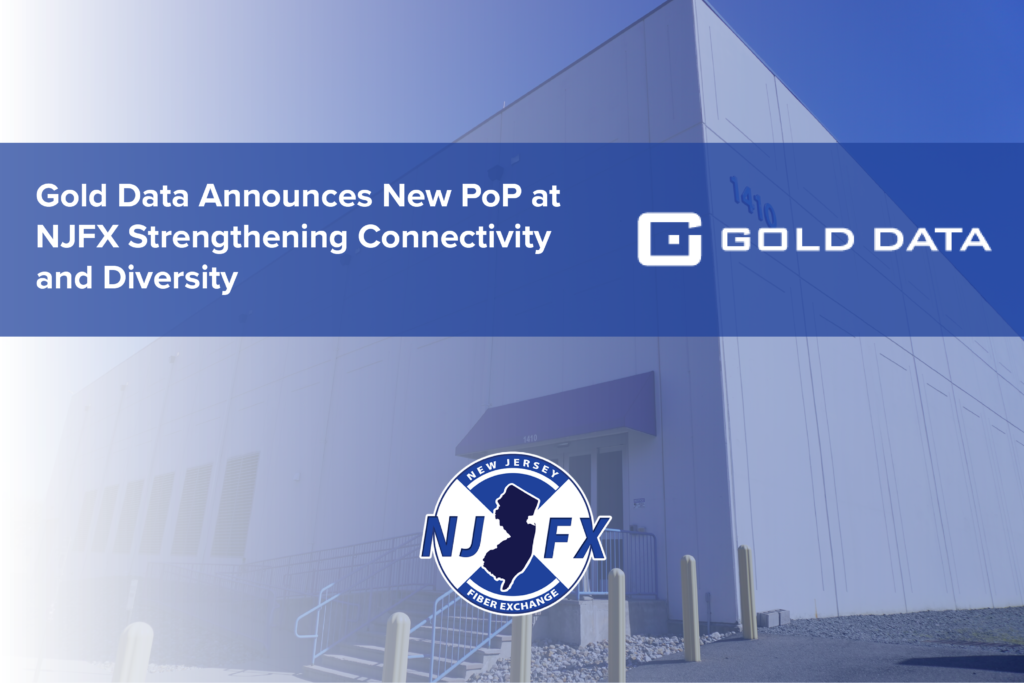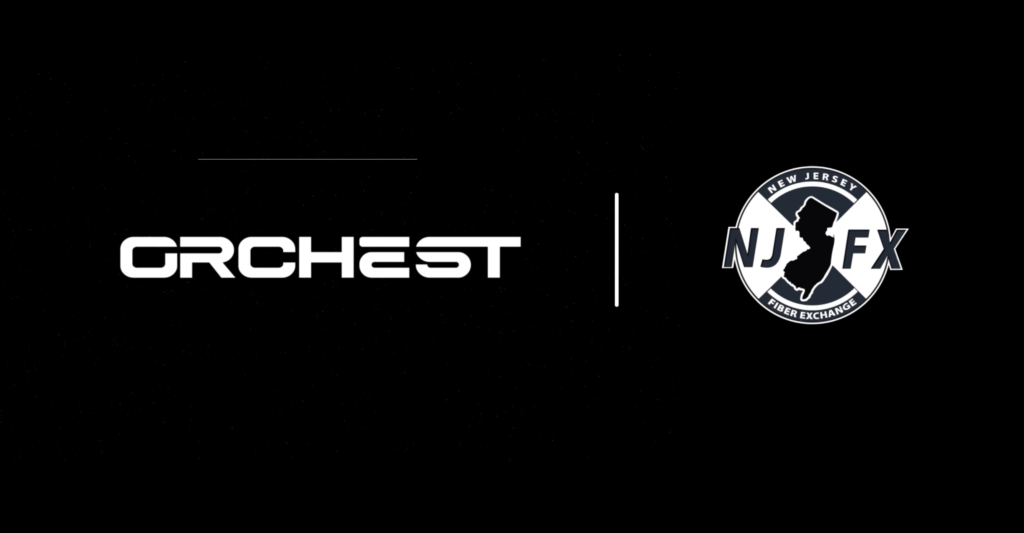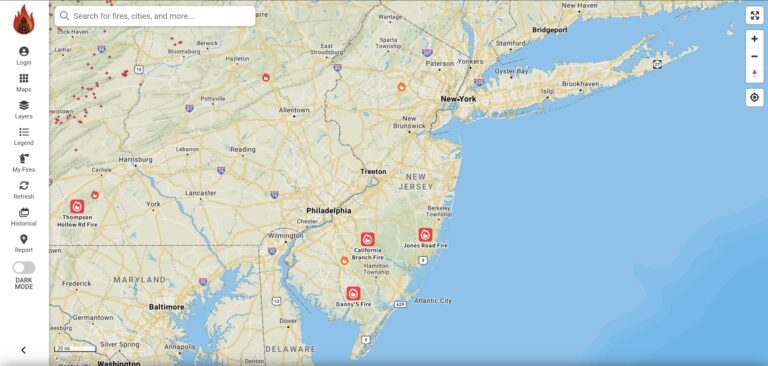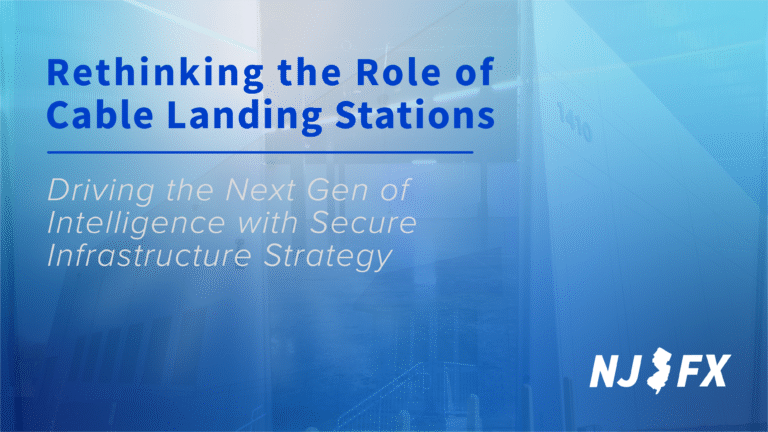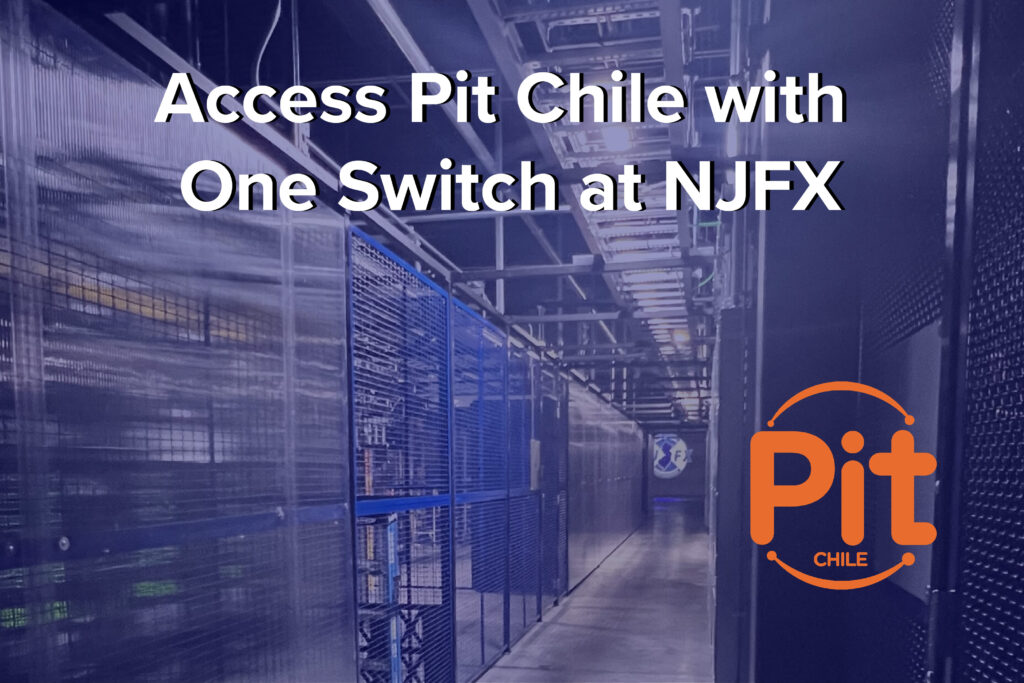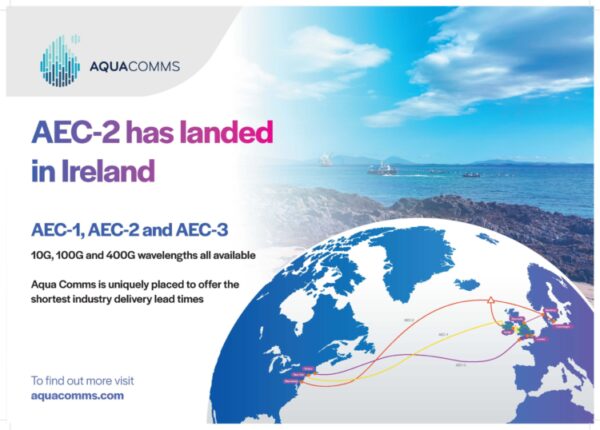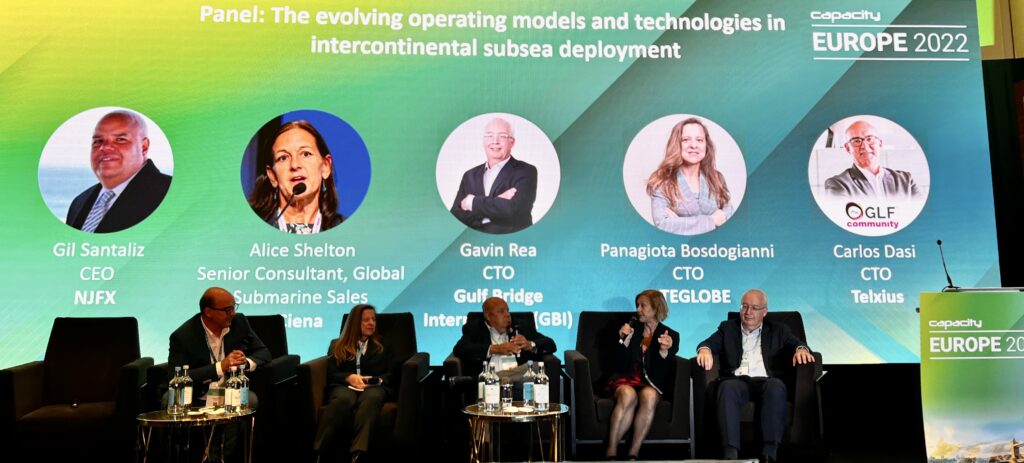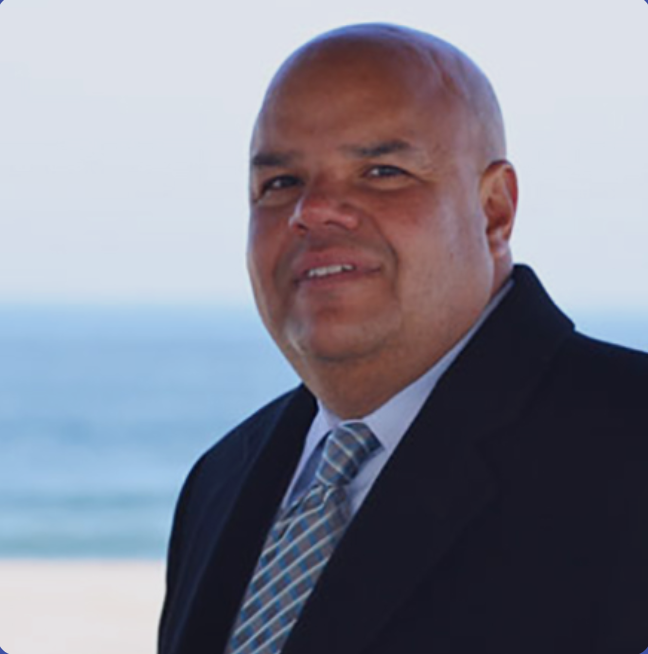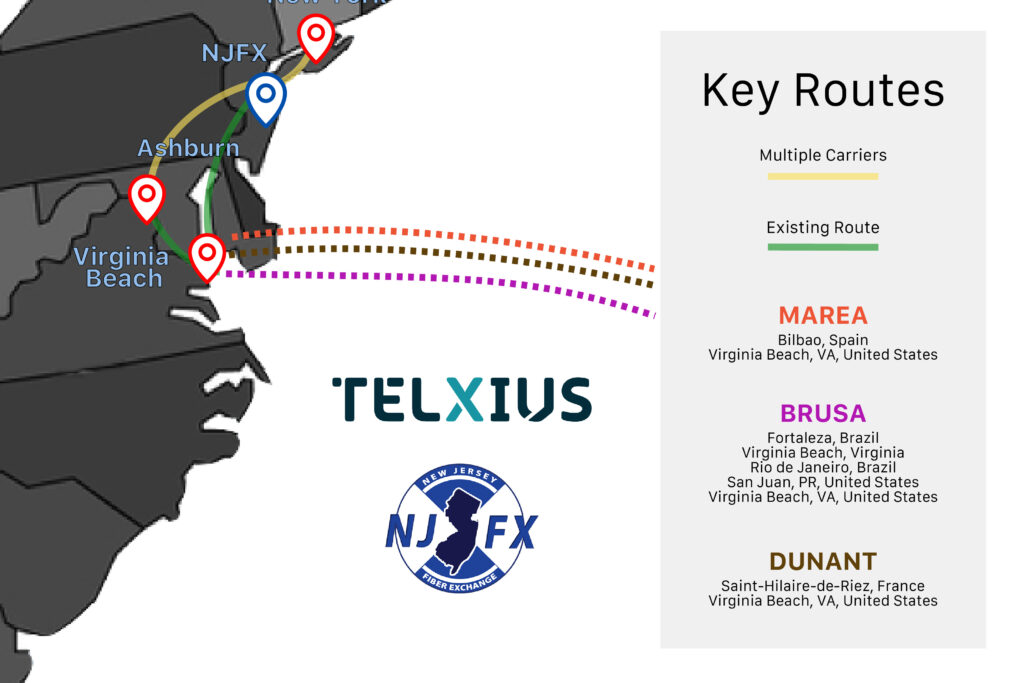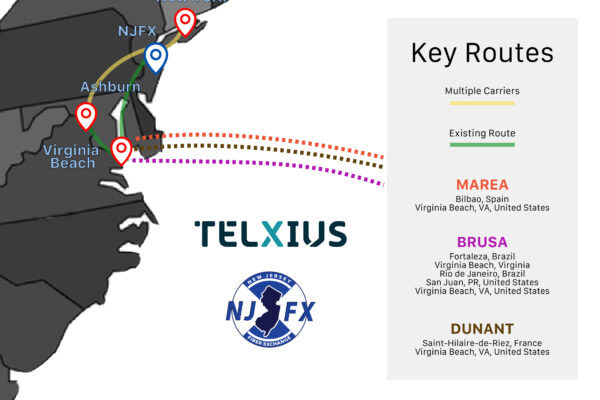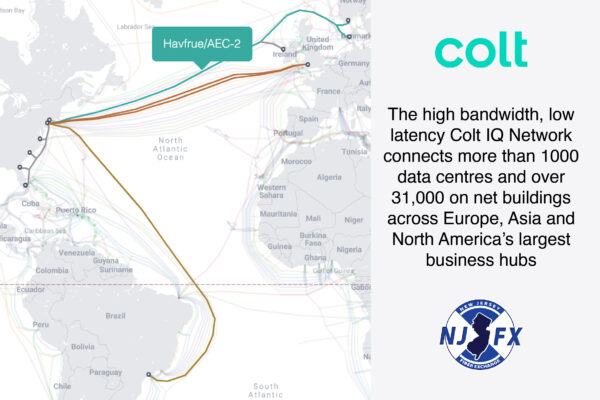Felix Seda Named Capacity’s Power 100
Felix Seda Named Capacity's Power 100
Felix Seda, NJFX’s General Manager joins Saf Malik to discuss his many roles within the company, collaboration agreements and his work spearheading youth initiatives across telecoms
The NJFX Evolution Continues At Pace

Felix Seda, general manager at New Jersey Fiber Exchange (NJFX) has worn many hats during his tenure at the firm.
Once dubbed the ‘Marseille of the US’, the company is an interconnection hub and subsea cable landing station operator based in Wall Township, New Jersey, founded by telecoms executive Gil Santaliz. Seda has been a mainstay at the firm, having joined in 2015 and remaining there ever since.
Originally, NJFX was established as a colocation hub leveraging the infrastructure of an existing cable landing station in Wall Township that was owned and operated by Tata Communications, but the business has since evolved into something greater.
In September 2015, NJFX announced it would construct a 64,000 square foot Tier III colocation facility next to Tata’s landing station, providing direct access to Tata’s European and South American subsea cables: TGN Atlantic and Seabras-1. Exactly one year later, NJFX launched the carrier-neutral colocation facility.
When Seda started in his role, he primarily worked on getting vendors contracted. “This included every vendor and carrier that we dealt with to get the Tier III facility up and running,” he says.
But as the business continued to develop his role started to change, and Seda and the team began having conversations with prospective customers.
During his tenure at the firm, Seda “naturally” moved into a chief revenue officer role, overlooking the entirety of NJFX’s revenue growth.
“I oversee pretty much all of our partner relationships with both existing and prospective customers to uncover and develop unique connectivity solutions,” he says.
This includes recent collaborations with the likes of Colt and Orchest.
Colt added a new point of presence (PoP) at the NJFX campus, allowing it to access the AEC-2 subsea cable and provide front-to-end solutions across the Atlantic, utilizing its own fiber assets on the European side. Orchest, meanwhile will give its customers on-demand last mile access throughout Latin America via its automated connectivity platform.
Essential Connectivity
Seda says the Covid-19 pandemic accentuated the need for better connectivity. It also resulted in increasing traffic, and the best place to pick up that traffic is though a cable landing station.
“Not only is it going to be the best place to interconnect from an architectural standpoint mitigating additional points of failure, but it’s also the most cost-effective way because you’re eliminating the increased cost of backhaul,” Seda says.
Moving forward, the company is looking for investment opportunities.
“One of those opportunities is the Confluence-1 project, a new subsea system that’s going up and down the [US] East Coast,” he says. “It’s going to provide a diverse path from what is historically been along the I-95 (Interstate 95) corridor.”
This project and other of similar ilk, Seda adds, continue to highlight the growing importance of cable landing stations to the evolving landscape of connectivity.
Youth Opportunity
Seda was named in Capacity’s Power 100 in 2022 and kept his place in the prestigious list this year. As a prominent voice in telecoms, Seda uses his platform to bring young talent into the industry, which he believes is the utmost importance. He has already played his part by spearheading several millennial-focused initiatives to encourage the education and engagement of young professionals in the industry.
In 2020, he created the Millennials in Telecom Reception at Pacific Telecommunications Council (PTC), which aimed to bring young telecom employees together to network and engage with select industry veterans. Since then, this initiative has grown. As a member of the PTC Advisory Council, Felix was a founding member of the inaugural 2023 PTC Beyond initiative and helped establish a ‘buy one get one free’ program allowing nominated individuals under the age of 35 from member organizations to attend the conference for free. The initiative was a great success at PTC 23, which close to 50 nominees attending and becoming active participants.
Seda “absolutely” sees the telecoms industry as attractive youngsters. He leans on his own experience as evidence of this.
“My CEO game me the opportunity to just learn everything, it was either sink or swim,” he says.
Seda says that since entering the telecoms industry, he has been able to build close relationships with people and companies that are doing fascinating things around the world. And he believed that is essential to bring in new blood and start getting them acclimated to the key conversations happening in the world on telecom.
“The veterans of the industry have done a fantastic job getting us to where we are now,” says Seda, “but at a certain point, just like any other industry, people get older and move on.”
More In the News
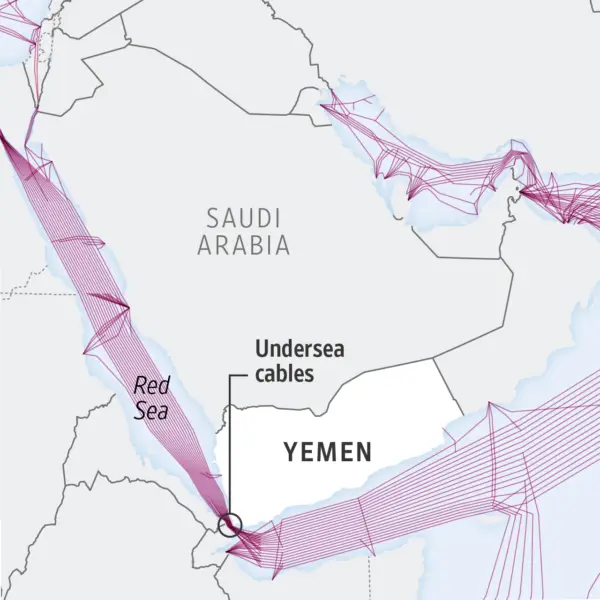
WSJ Covers Red Sea Conflict Threatening Key Subsea Cables
Red Sea conflict threatens Key Internet Cables. Maritime attacks complicate repairs on underwater cables that carry the world’s web traffic.

Why operators and enterprises will need an AI data center strategy
Enterprises are prioritizing low-latency networks to ensure that their AI applications function at optimal efficiency and accuracy. This focus on reducing latency is about more than speed; it’s about creating a seamless, responsive experience for end-users and maintaining a competitive edge in an increasingly AI-driven market.

The New Wave of SMART Cables
The Science Monitoring And Reliable Telecommunications (SMART) Subsea Cables initiative seeks to revolutionize deep ocean observing by equipping transoceanic telecommunications cables with sensors to provide novel and persistent insights into the state of the ocean, at a modest incremental cost.

NJFX AND EXA INFRASTRUCTURE FORGE STRATEGIC PARTNERSHIP TO BOLSTER TRANSATLANTIC CONNECTIVITY
EXA Infrastructure, the largest dedicated digital infrastructure platform connecting Europe and North America, today has announced a strategic partnership with NJFX, a leader in carrier-neutral colocation and subsea infrastructure.
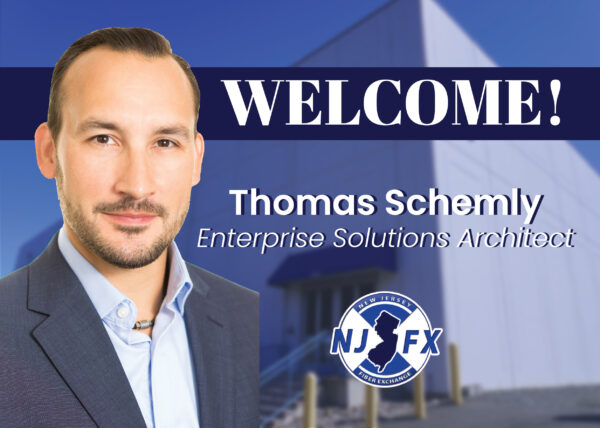
NJFX Announces Thomas Schemly as New Enterprise Solutions Architect
Threats to subsea cable systems at a global scale. NJFX is here to prevent any security threats that happen to connectivity at our CLS colocation facility
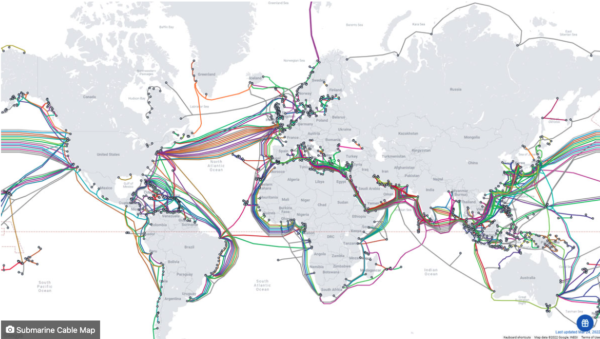
Submarine Cables: Risks and Security Threats
Threats to subsea cable systems at a global scale. NJFX is here to prevent any security threats that happen to connectivity at our CLS colocation facility
Felix Seda Named Capacity’s Power 100 Read More »


